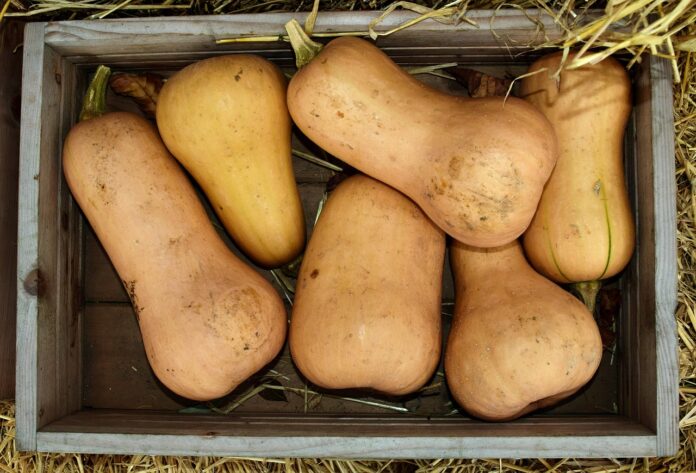The plague of grasshoppers that descended on us last spring may have been a disaster for the vegetable and grain crops, but it was a boon for at least one group here on the ranch — the chickens.
Between green grass, random kitchen scraps, and thousands and thousands of grasshoppers of all shapes and sizes, starting in May, the chickens had little interest in their store-bought layer pellets. We’d watch them dancing across the yard, chasing after the long-legged insects, thankful for the dent, albeit relatively small, the hens were putting in the grasshopper population. The similarly small dent in the feed bill was also appreciated.
This was a minor victory for my son as well, as it is his job to feed the chickens their pellets. Most mornings he still went to collect eggs, but the hens would already be gone, finding their own breakfast, leaving the coop quiet and empty. His morning chores were thus decidedly leisurely.
We lost a lot of our potential garden produce to those grasshoppers, but thankfully the winter squash plants didn’t interest them. Potato plants? Yes, they loved those. Tender carrots greens? Even better! Cabbage, parsley, oats, yes, yes, yes. But they drew the line at pumpkin and butternut and buttercup squash vines. They even left the tiny ornamental gourds alone.
It was a warm, wet summer — something we don’t usually have here — perfect squash-growing weather. All summer those vines grew, weaving around each other and eventually up the sides of the garden fence. Because so little else survived, the squash had more room than usual to spread, and they took full advantage of the extra space.
We barely even had to water them, and still, they thrived, curling ever higher up the fences, posts and panels. There was even squash growing from the top of the hoop garden we built this spring, hanging down like gigantic, green garden decorations.
Slowly the fruit began to yellow, the butternuts ripening to a creamy orange-gold, the kabucha turning a peachy-orange, the buttercups forming knobs and ridges and the pumpkins swelling to jack-o-lantern size without fanfare.
“This is the first year we will get to carve pumpkins from our own garden,” My son marveled in early October. It was true. Usually, I plant the types of squash that are more suited for our short growing season — smaller varieties that ripen sooner. I always try at least one bigger pumpkin plant, but by the first frost, there’s never anything ready to carve. This year, with our perfect pumpkin conditions, however, we finally had three that would be good candidates for jack-o-lanterns.
The night before Halloween, the kids did indeed carve two of them. They were thrilled with the results. We lit them with small candles, set them on the table and enjoyed their soft glow. There were a lot of garden defeats this year, so the pumpkins were a welcome victory.
Two days later, the pumpkins looked a little worse for the wear, my son said we ought to do a pumpkin drop outside the chicken coop. We all agreed it was a great idea. Perched atop the bed of the pickup, he first held one pumpkin, then the other high over his head, releasing each with a mighty smashing sound that rivaled the sound the pumpkins actually made when they hit the ground.
There’s only tiny traces of orange rind left in front of the coop now, the meat of those pumpkins already converted into eggs, no doubt. And my son is back to feeding the chickens pellets every morning, donning a winter coat to do so.
The carefree days of grasshopper chasing and light chore duty are behind us for now. Meanwhile, in a year where so much has seemed hard and then harder, it’s good to be reminded that for all that’s been turned upside down, there’s still much that hasn’t changed. The seasons are unfolding as they always do. The kids are growing up. The soil is still nourishing us and our feathered friends. And my big boy still loves the sound of smashing pumpkins as much as ever.













